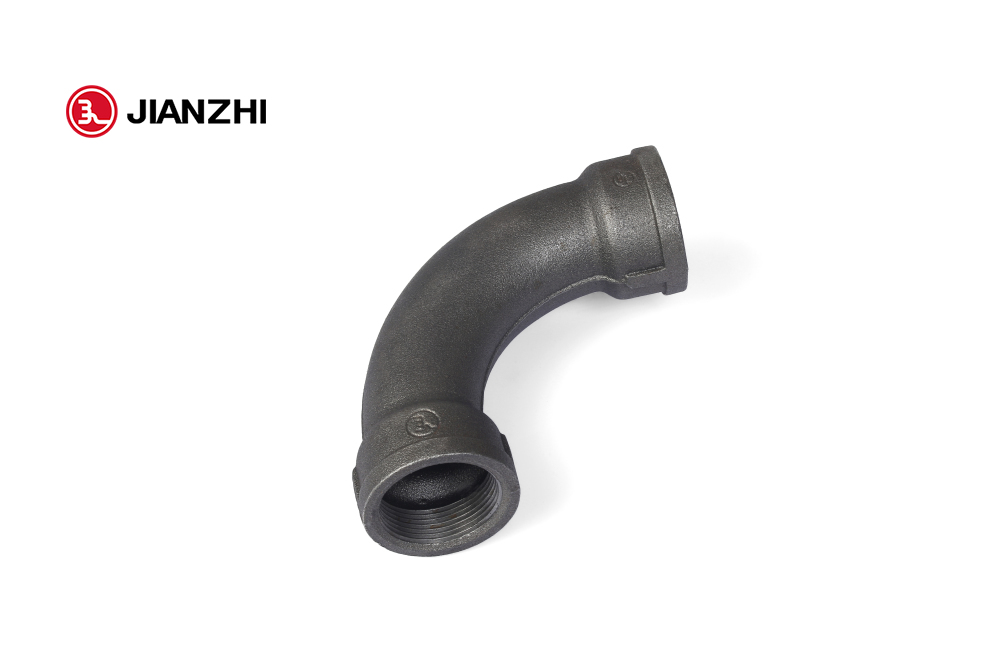Bend pipe fittings are versatile and can work with various types of liquids and gases commonly transported through piping systems.
Some of the typical substances they can accommodate include:
Liquids:
- Water: Potable water, wastewater, or industrial water.
- Chemicals: Various chemicals used in industries such as acids, alkalis, solvents, and corrosive substances.
- Oil and Petroleum Products: Crude oil, refined petroleum products, lubricants, and fuels.
- Food and Beverages: Food-grade liquids, beverages, and dairy products in hygienic piping systems.
Gases:
- Natural Gas: Used for heating, cooking, and in industrial processes.
- Industrial Gases: Oxygen, nitrogen, hydrogen, and other gases used in manufacturing processes.
- Compressed Air: Used in various industrial applications and pneumatic systems.
- Vapors: Vaporized substances like steam or vaporized chemicals in specific industrial processes.
Specialized Fluids:
- Specialized Chemicals: Unique chemicals or fluids used in specialized industries like pharmaceuticals, semiconductor manufacturing, or biotechnology.
- Abrasive Materials: Slurries or abrasive liquids used in certain industrial processes.
- High-Temperature Liquids or Gases: Fluids or gases at elevated temperatures used in specific manufacturing or heating processes.
These fittings are designed to handle a wide range of substances, but it’s crucial to ensure that the material and specifications of the bend pipe fitting are compatible with the specific liquid or gas being transported to maintain safety, efficiency, and durability within the piping system.
What pressure and temperature can this fitting withstand?
The pressure and temperature tolerance of bend pipe fittings can vary based on several factors including:
Material:
- Metal Fittings: Stainless steel, carbon steel, bend pipe fitting or other alloys might have different pressure and temperature ratings.
- Plastic or PVC Fittings: These might have lower pressure and temperature tolerances compared to metal fittings.
Design and Construction:
- Wall Thickness: Thicker walls in fittings generally offer higher pressure resistance.
- Reinforcement: Some fittings might have reinforcement or additional support for higher pressure applications.
Manufacturer Specifications:
- Pressure Ratings: Provided in PSI (pounds per square inch) or bar, specifying the maximum pressure the fitting can handle.
- Temperature Limits: Maximum and minimum temperature ranges within which the fitting can safely operate without compromising structural integrity.
Industry Standards:
- Compliance: Fittings are designed and rated based on industry standards (ASTM, ASME, etc.) that specify their pressure and temperature capabilities.
Application Specifics:
- Operating Conditions: The actual pressure and temperature the fitting can withstand depend on the specific conditions of use within a system.
- Duration of Exposure: Some fittings might have intermittent or continuous pressure and temperature ratings, affecting their overall tolerance.
It’s essential to refer to the manufacturer’s specifications or technical data sheets for precise information regarding the pressure and temperature tolerances of the specific bend pipe fitting being used. Adhering to these ratings ensures the fitting operates safely within the specified conditions and prevents any potential failures due to exceeding pressure or temperature limits.
